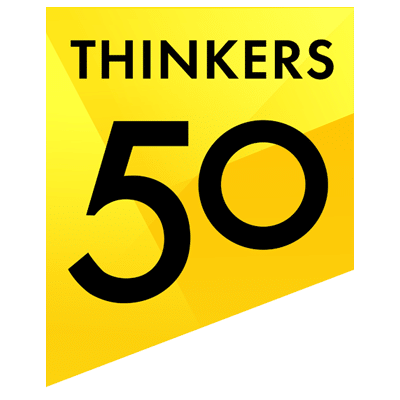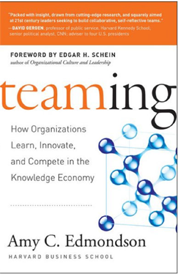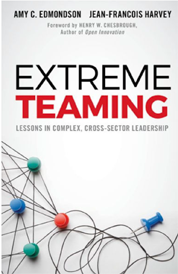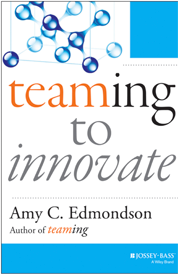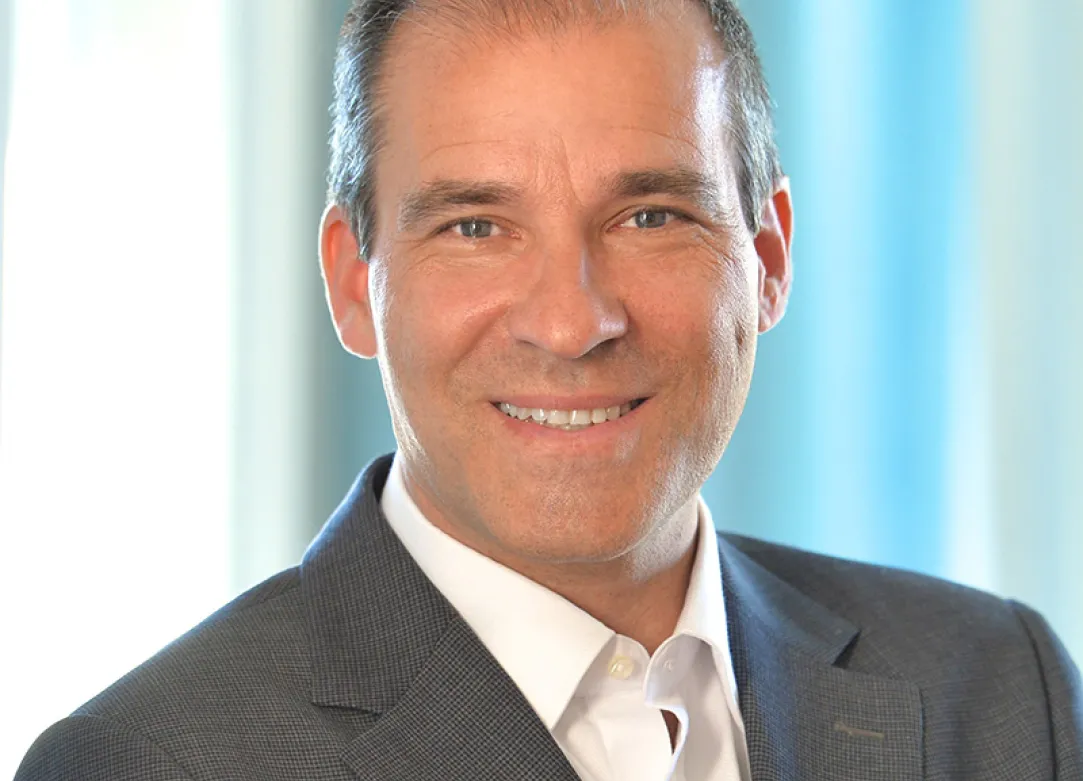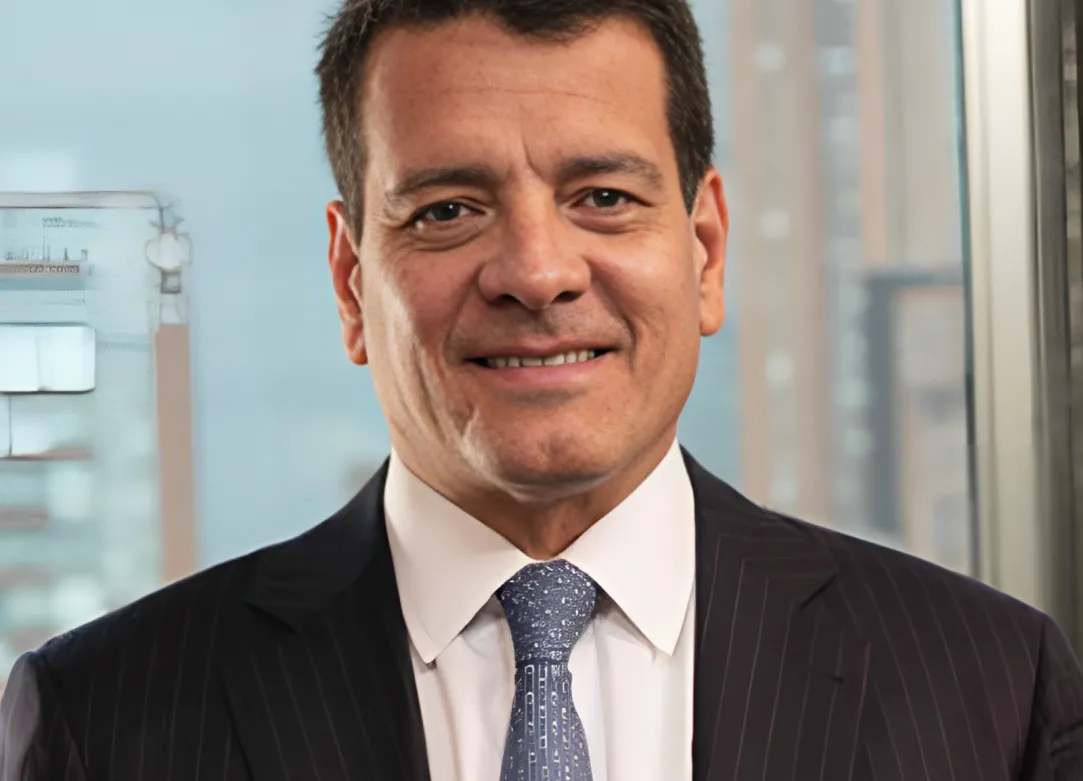Amy C. Edmondson is the Novartis Professor of Leadership and Management at the Harvard Business School, a chair established to support the study of human interactions that lead to the creation of successful enterprises that contribute to the betterment of society.
Edmondson has been recognized by the biannual Thinkers50 global ranking of management thinkers since 2011 (most recently at #14). She teaches and writes on leadership, teams and organizational learning. Her books, Teaming: How Organizations Learn, Innovate and Compete in the Knowledge Economy and Teaming to Innovate (Jossey-Bass, 2012, 2103) explore teamwork in dynamic, unpredictable work environments. Her book, Building the Future: Big Teaming for Audacious Innovation, (Berrett-Koehler, 2016), reveals the challenges and opportunities of innovation that involves teaming across industry sectors.
Her next book, The Fearless Organization: Creating Psychological Safety in the Workplace for Learning, Innovation, and Growth, scheduled to release October, 2018, offers practical guidance for teams and organizations who are serious about success in the modern economy.
Before her academic career, she was Director of Research at Pecos River Learning Centers, where she worked on the design and implementation of transformational change in large companies. In the early 1980s, she worked as Chief Engineer for architect/inventor Buckminster Fuller, and her book A Fuller Explanation: The Synergetic Geometry of R. Buckminster Fuller (Birkauser Boston, 1987) clarifies Fuller's mathematical contributions for a non-technical audience. Edmondson received her PhD in organizational behavior, AM in psychology, and AB in engineering and design, all from Harvard University.
She lives in Cambridge, Massachusetts with her husband, George Daley, a physician-scientist and Dean of Harvard Medical School, and their two sons.


